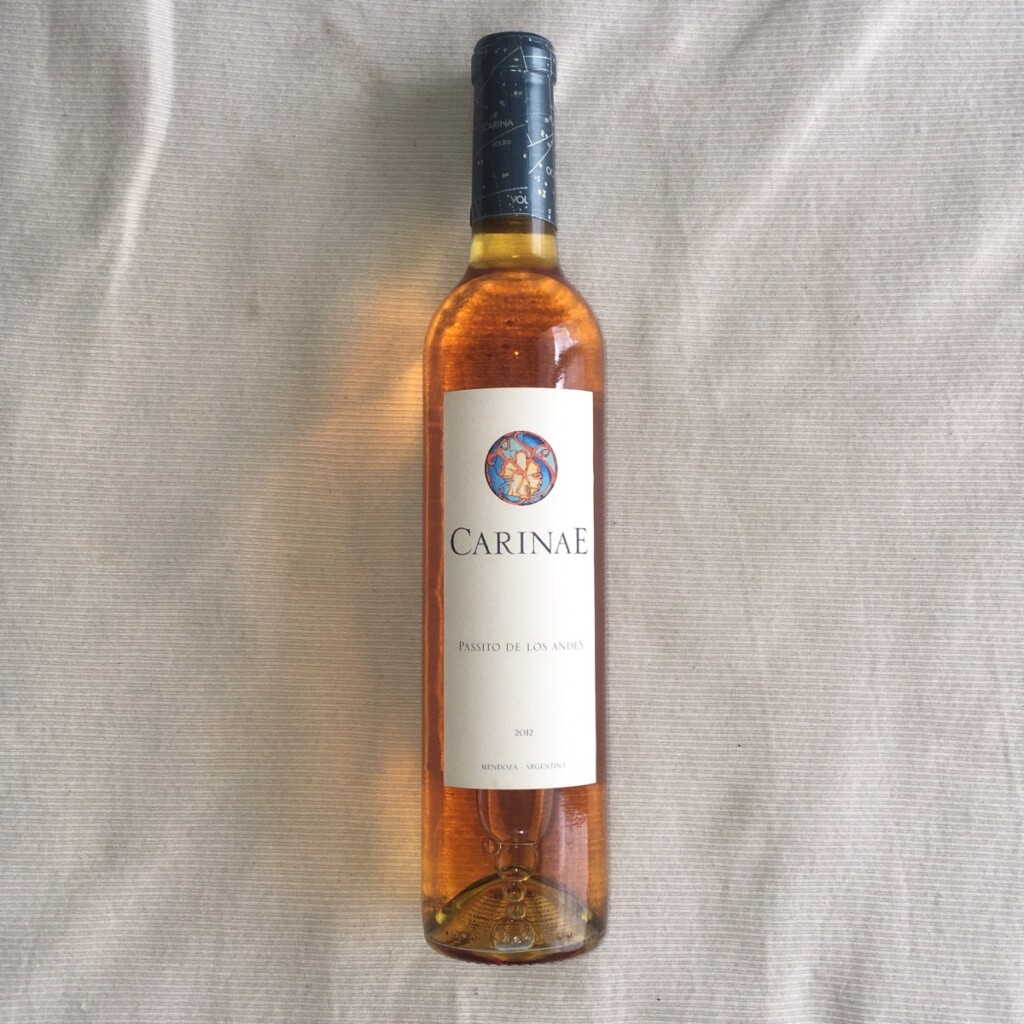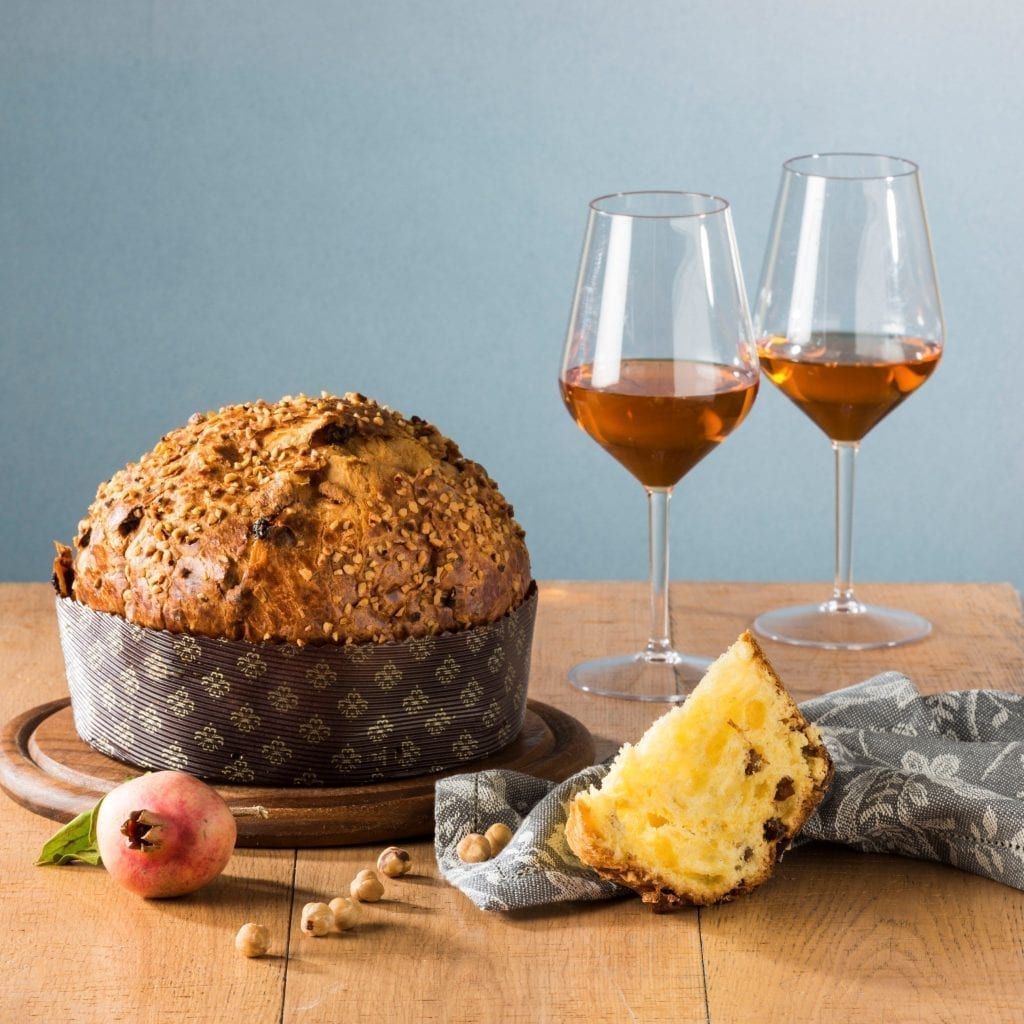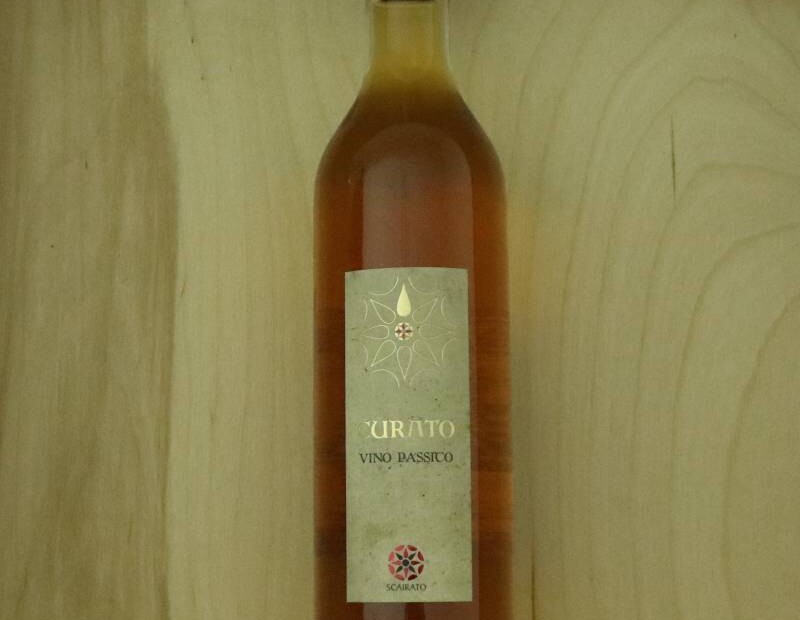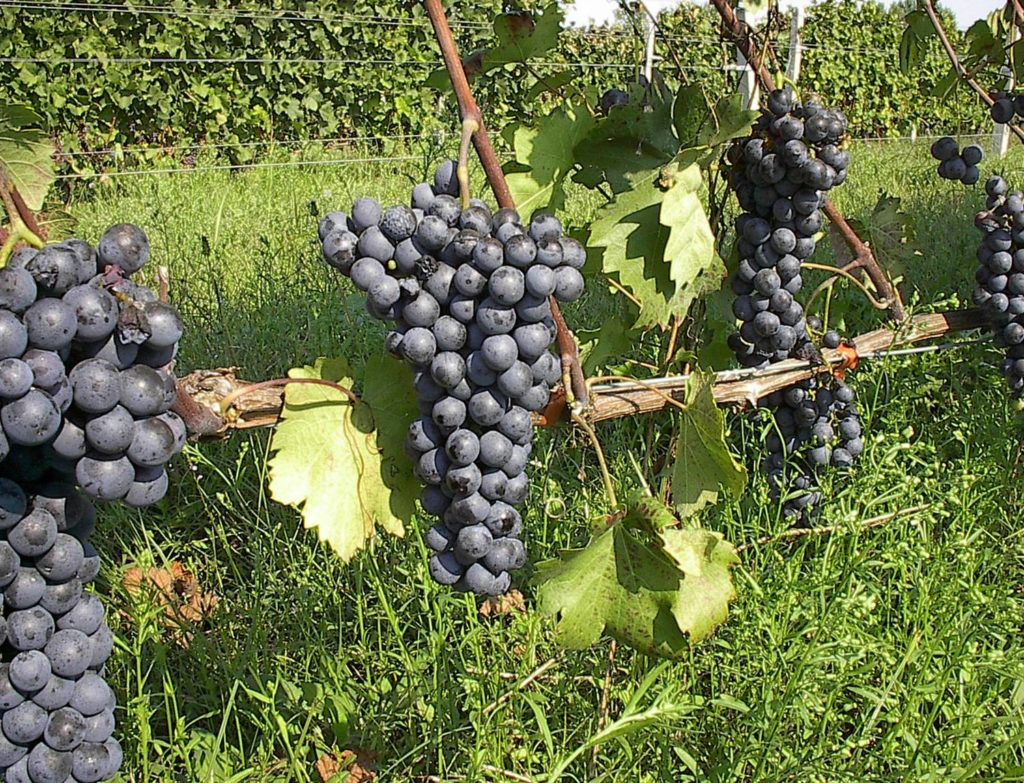do you know what Vino Passito is? Greece left the world countless advances, from literary and philosophical creations to the harvesting of vines for good wines.
Europe did not escape the Greek influence and thanks to it produced a wine very famous and sought after by lovers of sweet drinks.
Sicily is the place where Passito wine was introduced in Italy, its complexity and concentration have made this drink one of the most aromatic and ancient wines of the Sicilian region, however France, Spain, Austria, Germany, Cyprus and Greece have also adopted this style using different grapes for it.
En esta nota, encontraras lo siguiente
what is Passito wine?
Passito wine is a strong and very sweet drink derived from dehydrated grapes with a high alcoholic content, which throughout history has conquered thousands of palates that have cradled it as one of the most sought after.
Origin and History of Passito Wine
Passito wine has its origins in ancient Greece, the first Greek settlers were the ones who introduced the vine and its winemaking technique in Sicily.
It was described in 800 B.C. by the Greek poet Hesiod, then Columella in the 1st century A.D. wrote about the passum made in ancient Carthage.  It is believed that the modern Italian name passito is believed to be an echo of this ancient Greek word passum, which was known as “Cypriot Manna”the most similar wine today is perhaps Passito di Pantelleria, a variety of the ancient muscat grape on an island in the Strait of Sicily, 80 kilometers from Tunis off the site of Carthage.
It is believed that the modern Italian name passito is believed to be an echo of this ancient Greek word passum, which was known as “Cypriot Manna”the most similar wine today is perhaps Passito di Pantelleria, a variety of the ancient muscat grape on an island in the Strait of Sicily, 80 kilometers from Tunis off the site of Carthage.
Characteristics of Passito Wine
Passito wine is a naturally sweet wine that, thanks to its fermentation, has distinctive characteristics among which we can mention the following:
- The fermentation process is very slow
- It has a high residual sugar content
- Its aging process is high since it takes between 3 and 4 years in barrels
- Characterized by a marked alcohol content
- Intense sweet aroma
Color, flavor and aroma of Passito wine
The Passito is a very pleasant wine that awakens the senses of those who enjoy drinking a good sweet liquor.
- Sight: Dark golden color with amber glints.
- Nose: Pleasant intense aroma of sweet raisins, dried fruits and honey.
- Palate: Sweet but pleasant with hints of walnut and leaves a warm sensation on the palate.
Alcohol content of Passito wine
After its fermentation process, Passito wine is obtained with an alcohol content of 14% to 18% , which makes it a very full-bodied drink.
Types of Passito wine
Passito wines are distinguished from the others due to their sweetness and quality, which allows lovers of sweet drinks to get their mouths watering when tasting it in its two categories.
Passito wines are usually sweet to very sweet white wines, which makes them very dense and sweet. We also have reds that are very ripe with little acid and have a very established public that looks for them as digestive par excellence.
Passito Wine Pairing
The Passito wine is very sweet and that makes it the favorite of the public when they go to taste dessert or as a digestive.

- Desserts: Ideal to accompany desserts with chocolates since its acidity balances the natural fat in chocolate. It can also accompany desserts made with citrus and tropical fruits, since when combined it generates an explosion of flavors.
- Panettone: For lovers of this delicious bread, the passito wine is the ideal companion to enjoy a good piece.
- Foi Grass: For lovers of this unique food product generated by the liver of the duck, Passito wines are excellent companions
- Caviar: Ideal to accompany the different types of Caviar that exist since its sweetness combines perfectly with the peculiar flavor of these.
- Blue and veined cheeses: An excellent companion, since their spicy and salty flavor combines harmoniously with the sweetness of this liqueur, which balances and balances the flavors perfectly.
- Nuts: A good companion to enjoy nuts, as it provides the perfect balance
how is Passito Wine made?
Passito wines are made under the raisining process, which consists of air-drying or partial heat-drying of the overripe grapes and dehydrating the grape berry to obtain maximum concentration of the vine.
Depending on the climate and the peculiarities of the geographical area, different techniques are used and the overripening of the grapes can be natural or artificial.
In the case of natural overripening, the bunches are left on the branches even if they are already ripe, twisting the stalk of the grapes or cutting the branch to prevent the sap from circulating while they are left to dry until dehydrated.
In this way the berries reach the state of withering in which all the components of the grapes and the sugar are concentrated.
Artificial raisining is carried out by rapid drying in two days through the use of tunnels with artificial ventilation, the grapes are de-stemmed and placed in terracotta containers in an oven for 24 hours. The result is a dense must that slows down the fermentation process.
Characteristics of the grapes used to make Passito wine
The Passito wine uses different grapes, according to the region in which it is made it can use different vines that the winegrower has harvested under the raisining process that gives it the corresponding and adequate dehydration. Some of the grapes most commonly used for its elaboration are the following:
Assyrtiko
It is a white vine native to the island of Santorini in Greece.
- Presents large clusters
- Grapes with almost transparent yellow skin and juicy pulp
- It does not lose its acidity no matter how ripe it is
- It is resistant to phylloxera
Chardonnay
A green-skinned white grape originating from the Burgundy wine-growing region in eastern France.
- It is a grape with a neutral flavor
- Resistant to climate and its variables
- It is a malleable grape
- Its berry is difficult to detach
- It is not usually affected by wood fungi
- It ripens easily
Garganega
White grape grown mainly in Veneto
- Late ripening and high vigor
- Acidity levels suitable for the production of sweet wine
- Medium-sized berries with thick skin and golden coloring
- Excellent for late harvest
- Sufficient space between berries to increase ventilation
Ligeruela
Native grape of the Sierra de Gredos in Spain
- Small grapes
- Round and green in color, turning yellow as it matures
- Sweet flavor with a certain level of acidity
- Presents fleshiness
Passito Wine Temperature
Passito wines should be tasted at a temperature between 10- 12°C, as this way you can appreciate much better the touches that the raisined vines generate when they come into contact with the palate.
Prices and best brands of Passito Wine
According to the country in which Passito is produced, it has different prices, however it ranges between 24 € and 45 €. Among the best brands we have:
Vin Santo
Produced in Tuscany from hand-selected grapes that are hung to dry on the rafters, it is fermented in small round and elongated barrels called Caratelli in which it is left to age for ten years on the roof of the cellar.
The wine develops an amber or dark golden color and a sweet taste with hints of walnut 26 €.
Torcolato
White wine from the Veneto region that has a warm golden color and a persistent but very pleasant sweet taste 24 €.
Commandaria
Amber-colored wine from the homonymous region of sweet Cyprus known as the oldest in the world 38 €.
Vin de Paille
Sweet wine from France that is aged in wood for at least 18 months to obtain more concentrated aroma and flavor 42 €.
Recioto della Valpolicella
A very intense purplish-red color produced in Italy that will delight everyone with its sweet taste 43 €. Passito wines are the favorite of all those who like to enjoy a very sweet liqueur to accompany their desserts and give that final touch to the meal that deserves to be made with the best of the best.





